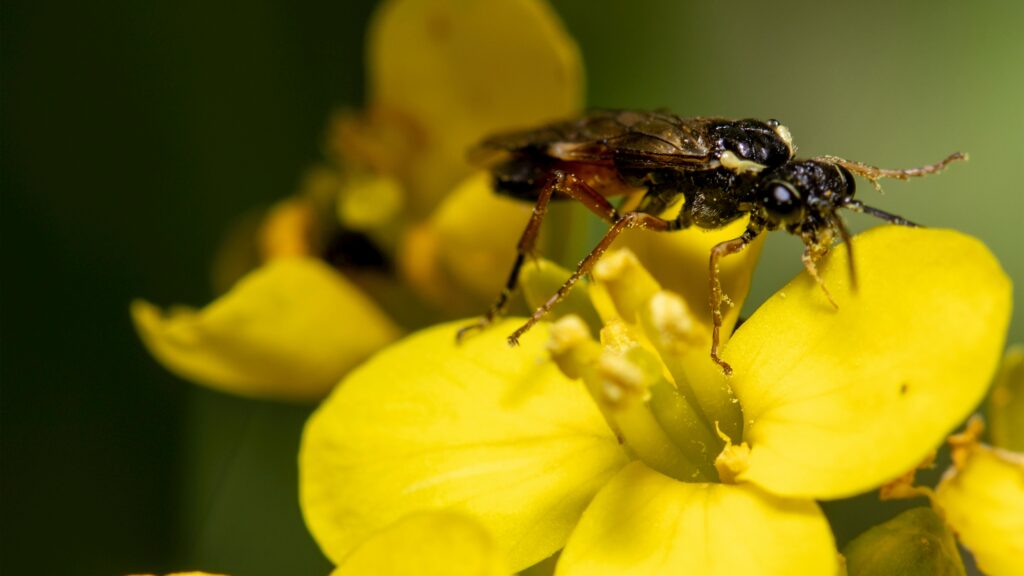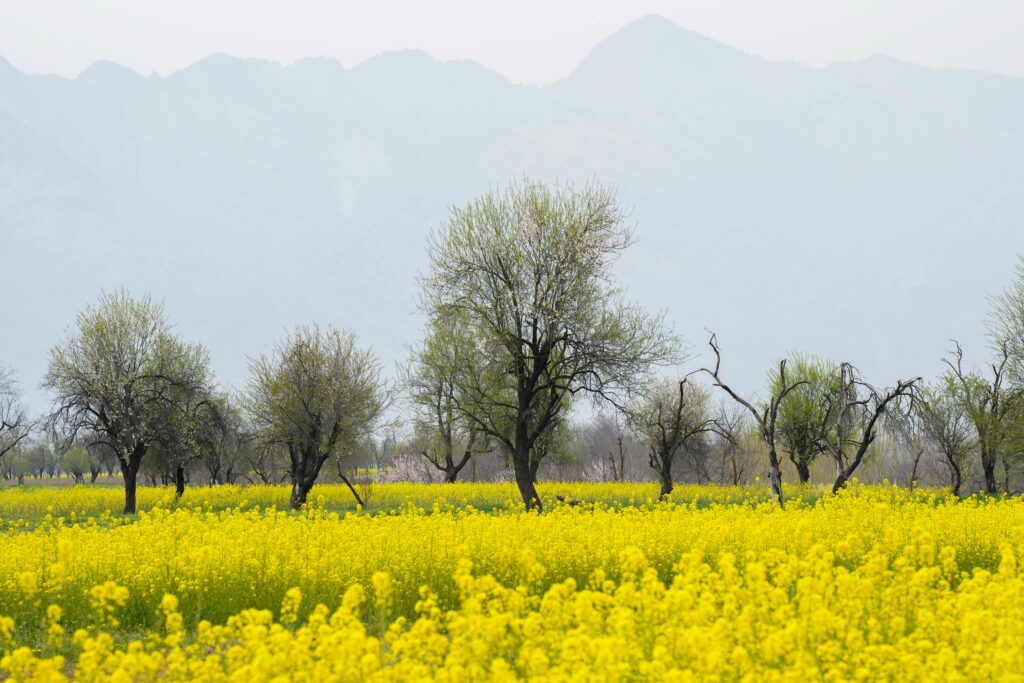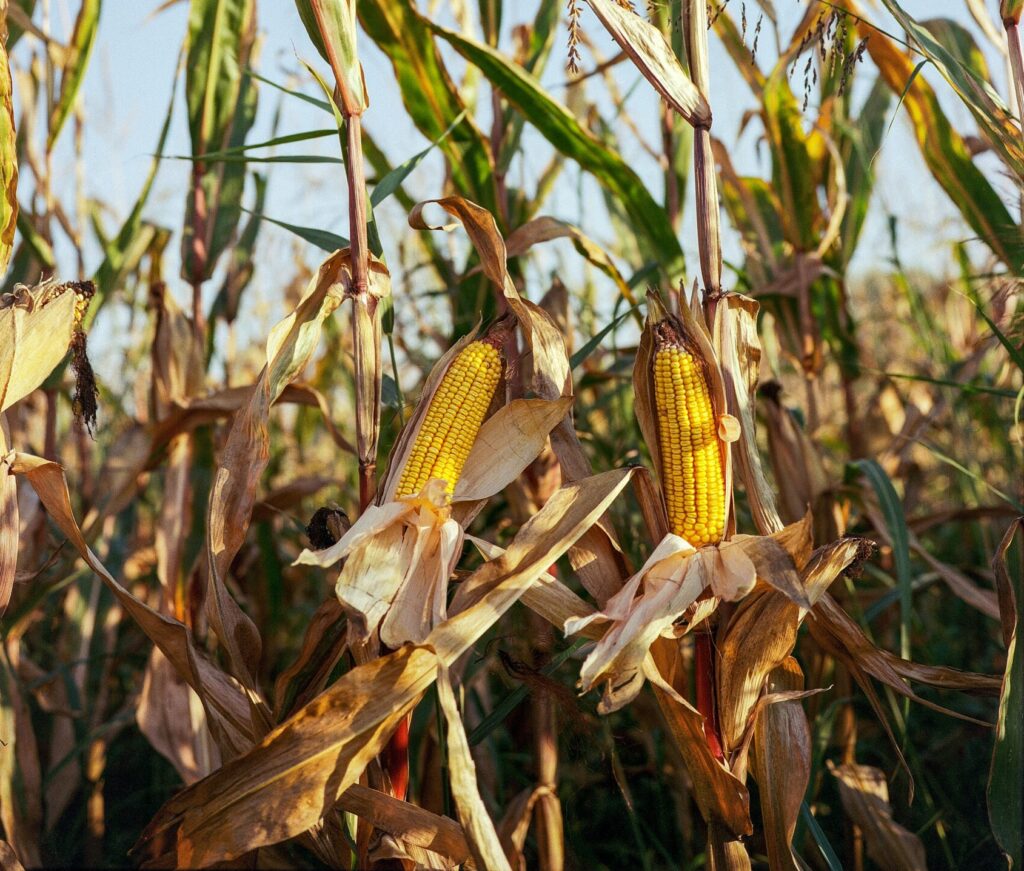Different Types of Flowering Plants
Flowering plants, also known as angiosperms, are incredibly diverse, with thousands of species spread across the globe. They vary in size, shape, habitat, and the way they produce and display their flowers. Here’s a look at some of the main types of flowering plants:
Herbaceous Flowering Plants
These are non-woody plants that usually have soft, green stems. They can be annuals, biennials, or perennials.
- Annuals:Complete their life cycle in one growing season. Examples include marigolds, petunias, and zinnias.
- Biennials: Take two years to complete their life cycle, flowering in the second year. Examples include foxgloves and sweet William.
- Perennials: Live for several years, flowering annually after reaching maturity. Examples include daisies, peonies, and irises.
Woody Flowering Plants
These plants have hard, woody stems and include trees and shrubs that can live for many years.
- Deciduous Trees and Shrubs: Lose their leaves annually and typically bloom in the spring or summer. Examples include magnolias, cherry blossoms, and lilacs.
- Evergreen Trees and Shrubs: Retain their leaves year-round and may flower at different times depending on the species. Examples include camellias and holly.
Climbing Flowering Plants
These plants have a natural tendency to climb up structures like walls, trellises, or other plants.
- Vines: These can be woody or herbaceous, using tendrils, roots, or twining stems to climb. Examples include clematis, wisteria, and honeysuckle.
- Climbing Roses: Woody plants that can be trained to grow vertically. Examples include the popular ‘New Dawn’ and ‘Zephirine Drouhin’ varieties.
Bulbous Flowering Plants
These plants grow from bulbs, corms, rhizomes, or tubers, storing nutrients underground to survive dormant periods.
- True Bulbs: Include plants like tulips, daffodils, and lilies, which have fleshy, layered bulbs.
- Corms: These are solid underground stems used by plants like crocuses and gladiolus to store energy.
- Rhizomes: Horizontal underground stems from which new shoots and roots emerge. Examples include irises and cannas.
- Tubers: Thickened underground stems, such as those found in dahlias and begonias.
Succulent Flowering Plants
These plants have thick, fleshy leaves or stems adapted to store water, making them ideal for arid environments.
- Cacti: A type of succulent known for their spiny stems and unique flowers. Examples include the Christmas cactus and the prickly pear.
- Other Succulents: Include plants like aloe vera, echeveria, and sedums, which are popular for their low water needs and striking flowers.
Orchids
Orchids are a diverse and widespread family of flowering plants known for their complex and often fragrant flowers. They can be found in various habitats, from tropical rainforests to arid deserts.
- Epiphytic Orchids: Grow on other plants or trees but are not parasitic. Examples include the popular Phalaenopsis and Cattleya orchids.
- Terrestrial Orchids: Grow in soil like most other plants. Examples include the Lady’s Slipper and the Spiranthes.
Wildflowers
These are flowering plants that grow naturally in the wild without human intervention. They are often hardy and adapted to their local environments.
- Meadow Wildflowers: Include species like daisies, buttercups, and poppies that thrive in open fields.
- Forest Wildflowers: Include species like trilliums, bluebells, and columbines, which are adapted to shaded, woodland environments.
Aquatic Flowering Plants
These plants grow in or near water bodies and have adapted to living in wet conditions.
- Water Lilies: Known for their large, floating leaves and striking flowers. Examples include the common white water lily and the tropical blue water lily.
- Lotus: Similar to water lilies but distinct in structure and symbolism, the lotus is revered in many cultures and religions.
Tropical Flowering Plants
These plants thrive in warm, humid environments and are known for their vibrant colors and exotic shapes.
- Hibiscus: Known for their large, colorful flowers, often used in tropical landscaping.
- Bird of Paradise: Famous for its striking, bird-like flowers in vivid orange and blue.
- Heliconia: With their bright, lobster-claw-like flowers, these plants are a favorite in tropical gardens.
The world of flowering plants is vast and varied, with each type offering unique beauty and ecological benefits. Whether you’re cultivating a garden, studying botany, or simply enjoying the natural world, understanding the different types of flowering plants can enrich your appreciation of the incredible diversity of plant life.
















